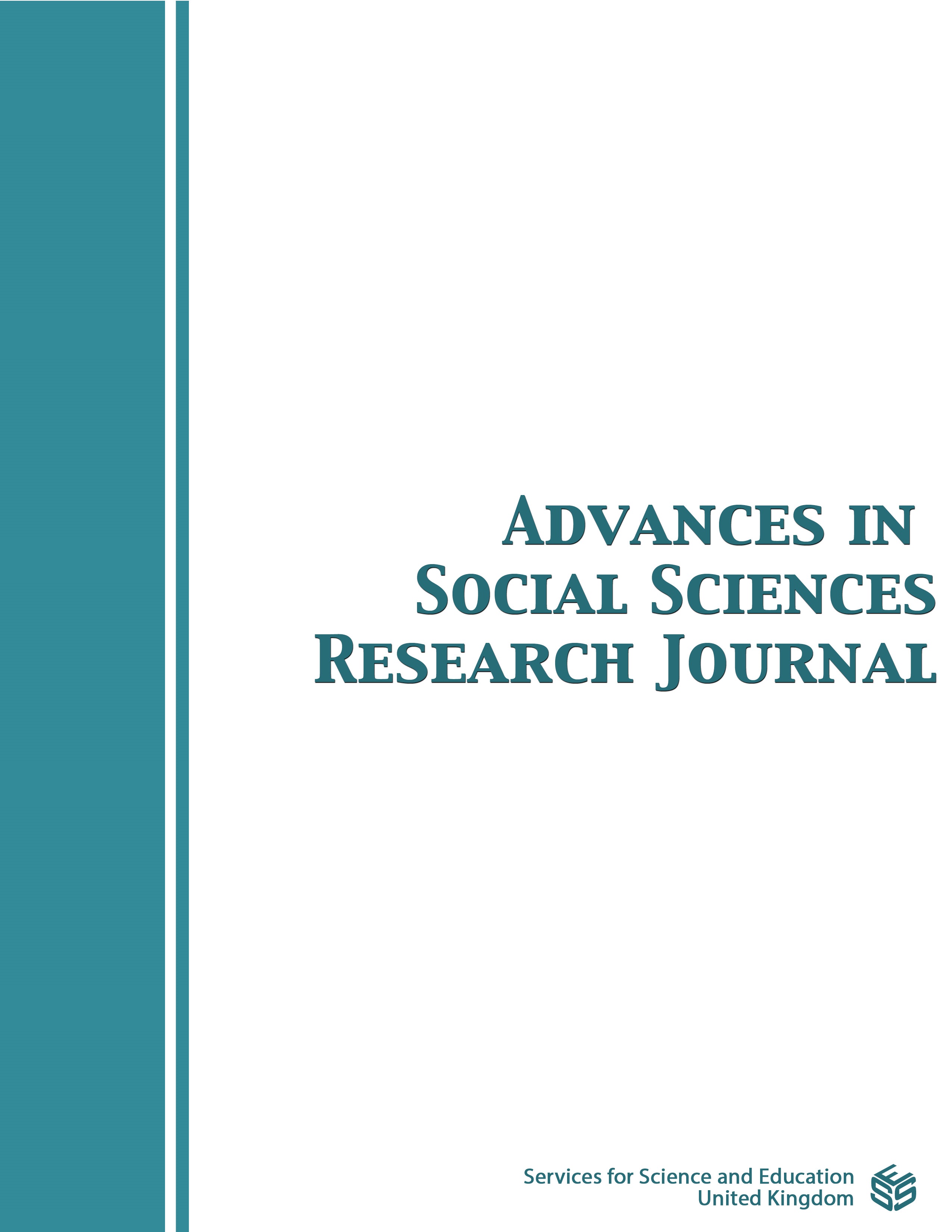Democratic Measures for Curbing Electoral Violence in Kanyama Constituency of Lusaka District, Zambia
DOI:
https://doi.org/10.14738/assrj.1012.15980Keywords:
Curbing Electoral violence, Constituency, Democratic measures, Electoral violence, ZambiaAbstract
In Kanyama Constituency of Lusaka District Zambia, physical violence especially during the election cycles of 2011, 2016 and 2021 may appear to have escalated. If violence and tyranny are allowed to take root in any democratic state, it may deprive the people of the capacity to resist bad governance because of the pervasive atmosphere of terror, fear and insecurity. Based on the foregoing context, this article explored Democratic measures that can be used to curb electoral violence in Kanyama Constituency of Lusaka District, Zambia. The article employed qualitative approach with a case study design. Twenty eight (28) participants were recruited for this research and they provided Primary data. The main findings of this research were that good political culture in the electoral process, enhancing civic and voter education, fair application of the law, formation and enhancing of youth empowerment programmes, responsive leadership both at party and national levels are the key democratic measures that can be used to curb electoral violence. Equally, having independent government institutions that are mandated to conduct elections is key as their operations may not be ill influenced by external forces. The article recommends that Political parties and constituencies should treat election period as an opportunity to elect credible leaders through democratic means than a possibility to intimidate those with divergent views.
Downloads
Published
How to Cite
Issue
Section
License
Copyright (c) 2023 Eliazer Lushinga Kawila, Adrian Matole, Sanny Mulubale, Francis Simui, Gistered Muleya

This work is licensed under a Creative Commons Attribution 4.0 International License.
Authors wishing to include figures, tables, or text passages that have already been published elsewhere are required to obtain permission from the copyright owner(s) for both the print and online format and to include evidence that such permission has been granted when submitting their papers. Any material received without such evidence will be assumed to originate from the authors.






